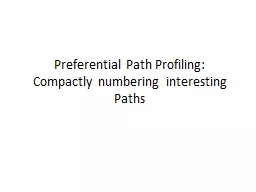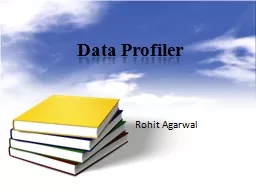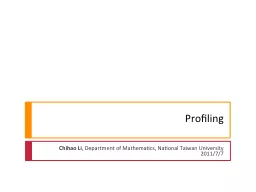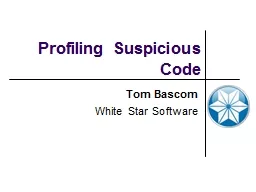PPT-Field Profiling
Author : natalia-silvester | Published Date : 2017-09-14
Productivity Top Journals Top Researchers Measuring Scholarly Impact in the field of Semantic Web Data 44157 papers with 651673 citations from Scopus 19752009
Presentation Embed Code
Download Presentation
Download Presentation The PPT/PDF document "Field Profiling" is the property of its rightful owner. Permission is granted to download and print the materials on this website for personal, non-commercial use only, and to display it on your personal computer provided you do not modify the materials and that you retain all copyright notices contained in the materials. By downloading content from our website, you accept the terms of this agreement.
Field Profiling: Transcript
Download Rules Of Document
"Field Profiling"The content belongs to its owner. You may download and print it for personal use, without modification, and keep all copyright notices. By downloading, you agree to these terms.
Related Documents














